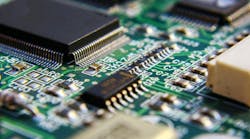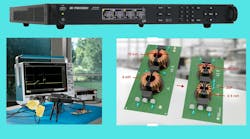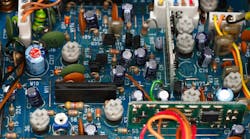The Critical Role OTA Testing Will Play in 5G (.PDF Download)
In comparison to 4G, the fifth-generation (5G) mobile network is designed to deliver three primary use cases: the capacity to transmit/receive more data, improve responsiveness, and connect millions of devices at once. More specifically, this includes enhanced mobile broadband (eMBB), ultra-reliable, low-latency communications (URLLC), and increased connectivity to allow billions of devices and applications to come online seamlessly and communicate simultaneously.
Over-the-air (OTA) measurements are an essential part of the performance evaluation and certification of these wireless devices by measuring the transmit power and receiver sensitivity performance. With 5G moving from the research and development phase and into deployment, OTA testing for design validation and/or volume production becomes a more critical task. Network operators and device original equipment manufacturers (OEMs) must be able to evaluate and certify the reliability and performance characteristics of devices and base stations in environments that closely resemble those in which they are actually used.
OTA Overview
As 5G mobile technology evolves to millimeter-wave (mmWave) frequencies of 28 GHz, 39 GHz, and beyond, several drivers will necessitate OTA testing. At mmWave frequencies, signal-absorption rates are much higher, requiring the need for directional transmissions/reception (beam focusing or beamsteering) to boost the gain. Beamsteering will be a key feature in the context of 5G. It’s a significant challenge to test the beamsteering capabilities of base stations and user equipment in every phase from research and development through production.








